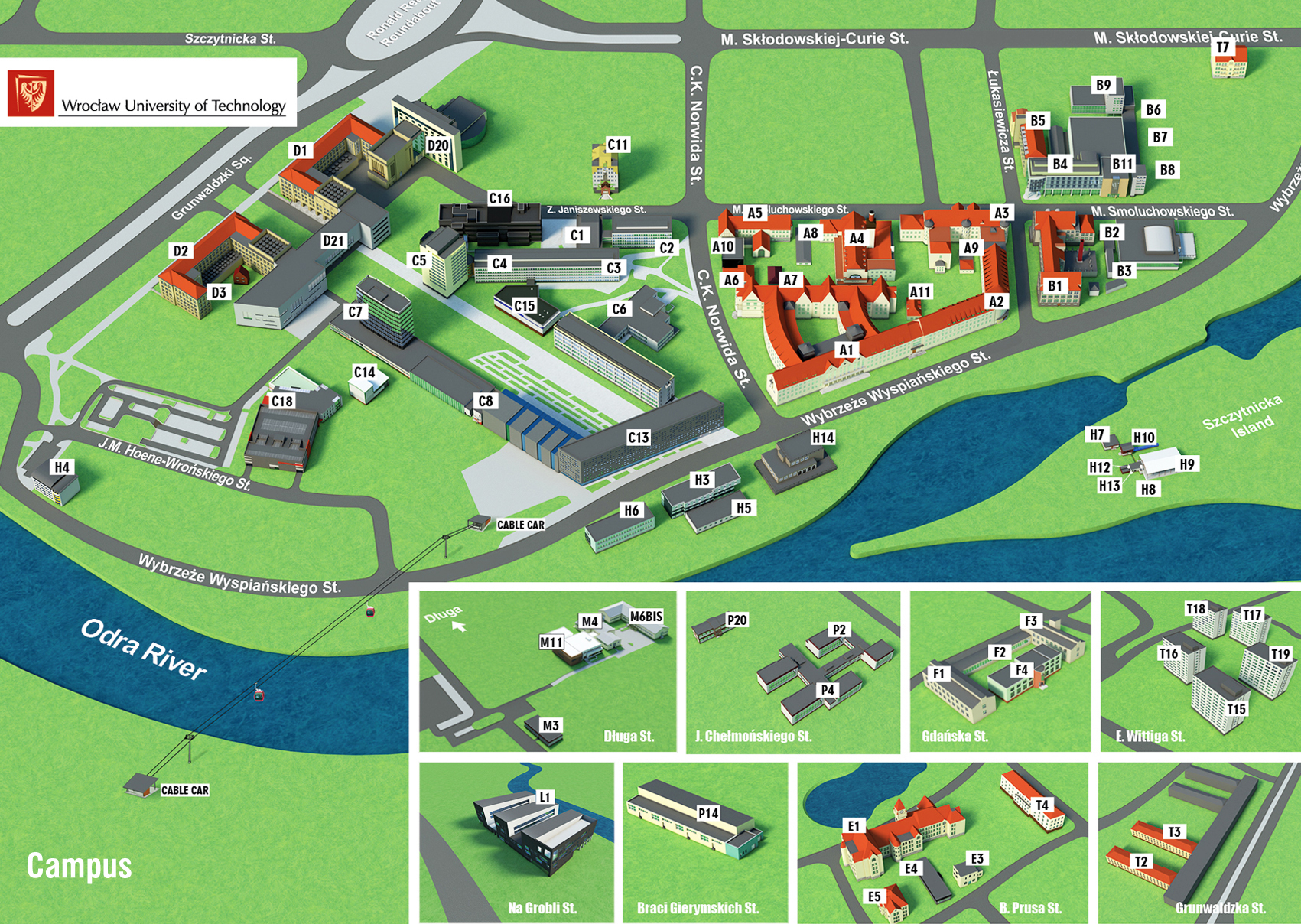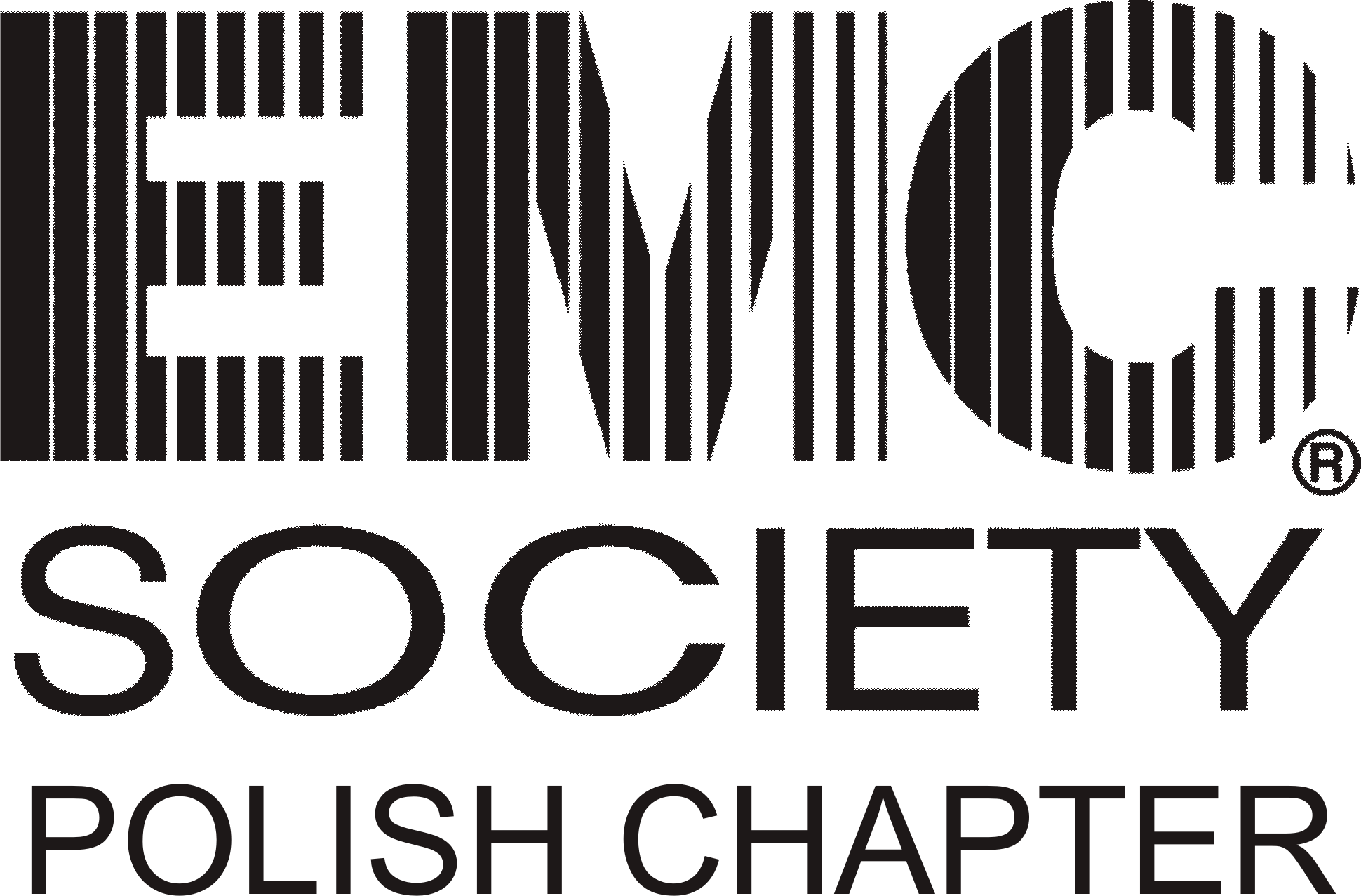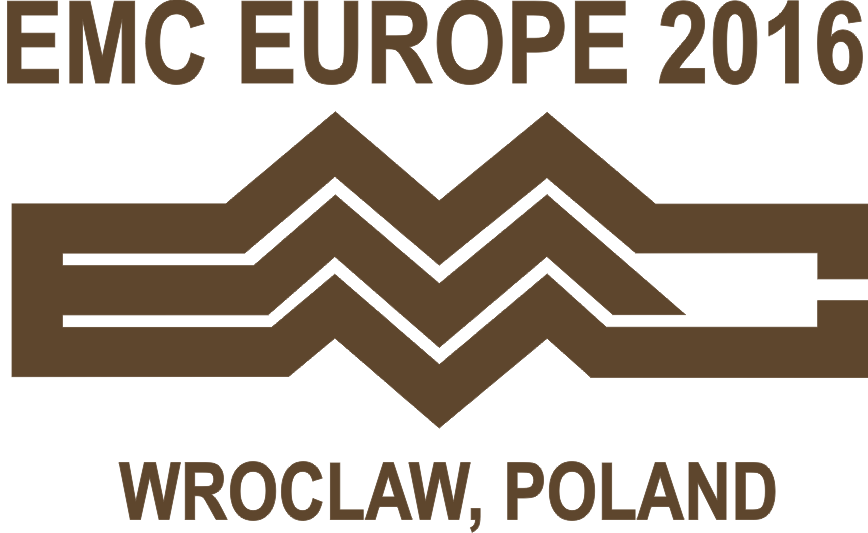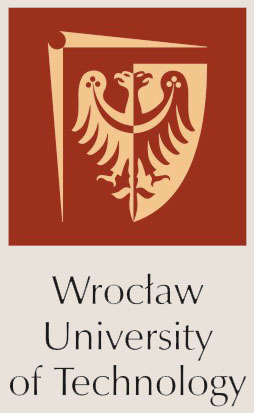EMC Europe 2016 venue
Venue
The EMC Europe 2016 symposium will take place in
Wroclaw (
Poland) on the main campus of the
Wroclaw University of Technology (WrUT).
The main Campus of WrUT is located in the Wroclaw city center. The opening ceremony as well as plenary session will be held in assembly hall of the main buliding (building A1) of Wroclaw University of Technology. The oral sessions, poster sessions, workshops and tutorials will be held in Integrated Student's Center (building C13) of WrUT.
See Campus plan.

Wroclaw
Wroclaw, situated on the Odra river, is the historic capital of Lower Silesia with a population of nearly 700,000 and an area of 293 square kilometres. Due to Odra river location and number of islands Wroclaw is often called a "city of bridges". Indeed, Wroclaw it is the 4th city in Europe in terms of
the number of bridges just after Venice, St. Petersburg and Amsterdam having 115 to over 200 of them (depending on bridge
definition but always over the water). Wroclaw is one of the largest and oldest Polish cities and undoubtedly
the most cosmopolitan. It was founded before the year 1000 and was part of many kingdoms, empires and countries. Wroclaw experienced historic and political changes similar to the entire area of Lower Silesia. To make the long story short and simple - the city was Polish for the first 400 years, then it
became part of Czech Kingdom for the next 200 years, then it was ruled by Austria for 200 years and then it was conquered by Germany
(Prussia) and was part of it for the next 200 years also having short Hungarian episode in a meantime. Finally, after the World War II
Wroclaw came back to Poland after several centuries.
The city emerged at the intersection of major trade routes linking the West and South with Eastern and Northern Europe. In its 1000-year history the city has undergone many political, economic and cultural changes that have contributed to Wroclaw's present architectonic and cultural visage.
Being a communication, industrial, academic, scientific and cultural centre, the city is the greatest tourist attraction in south-western Poland. The city has very convenient and fast communications with both Polish towns and other European countries. The International Airport offers direct flights to many European cities. Wroclaw has good connection with the European road network. Wroclaw has also direct railway connections with some European cities.
Wroclaw is an academic city with venerable tradition - 11 universities are located here.
Touring center
Wroclaw is a very picturesque city with a great number of green areas, parks. Although Wroclaw was devastated by World War II and 70% of the city lay in ruins (in 1945 it was transformed into the stronghold of the Nazis "Festung Breslau") it has now been rebuilt. Since the beginning of 90's it has been undergoing modernisation and reconstruction. Not only has the Old Town been renovated but also the void areas of the city are being built over with the new or reconstructed buildings.
The oldest part of the town, situated on the islands on the Odra river, is called Ostrów Tumski. There is a complex of Gothic sacred architecture dating from 13-15th centuries: the Cathedral of St. John the Baptist built on the site of the first cathedral from the year 1000, the Holy Cross Church that served as a mausoleum for the Silesian Piasts, St. Martin's Church adjacent to a castle and St. Giles' Church, the oldest. The heart of the city is Rynek and Solny Square, whose urban plan was drawn up around 1241 when Wroclaw gained the status of a "civitas". In addition to Renaissance, Baroque and Classicist burgher houses also worth seeing are Sukiennice, the gothic Town Hall and St. Elizabeth's parish church. In the Old Town there is also the Baroque main University building from the 18th century, the academic Church of Jesus Christ, the Church of Our Lady on the Sand and the opera house. Today's tourist attraction of Wroclaw is The Panorama of the Battle of Raclawice. It is a monumental painting (120 m x 15 m) created by Jan Styka and Wojciech Kossak depicting the battle of 1794 under the command of Tadeusz Kosciuszko. Outside the city centre, attention should be drawn to the exhibition grounds with the People's Hall designed by Max Berg to mark the centenary of the battle of Leipzig.
In 2007 Wroclaw was named one of "The Best PlacesYou've Never Heard Of" on the globe by famous American BudgetTravel magazine.
Cultural center
Owing to its rich traditions, Wroclaw is regarded as an important and outstanding Polish as well as European cultural centre. Its cultural life takes place in 9 theatres, the Philharmonic Hall, the Opera House, 12 museums, 15 major art galleries, 13 cinemas and several television stations. The largest Polish film studios are located in Wroclaw as are many important publishing houses, including the Ossolineum, a venerable institution which has a 183-year heritage as an outstanding contribution to Polish culture. Every year Wroclaw hosts a large number of festivals, symposiums and competitions. The International Festival Wratislavia Cantans has a 30-year tradition, with choirs and singers from distant countries representing the highest level of skill competing every year. One of the Festival's guests was Prince Edward. The International Open Theatre Meetings have been organised for ten seasons. The Festival of Polish Modern Arts has a 30-year tradition. The Festival "Jazz on the Odra" takes place every year. The Festival of Stage Song has developed and "grew up" during the many years of its existence. The International Drawing Triennial started few years ago presents the most interesting phenomena in art. WRO, an annual festival of visual and computer art, has been hold for the last 4 years and has attracted a lot of international attention.
In 2016 wroc³aw will be
the European Capital of Culture .
In addition to the many ordinary cultural institutions, there are some very unusual ones. Jerzy Grotowski and his theatre have inspired a large number of followers now working at The Centre of Studies on Jerzy Grotowski's Work and Cultural and Theatrical Research. Henryk Tomaszewski's Pantomime Theatre has been one of the most original art phenomena for 35 years and is very popular not only in Poland but also in Europe
Links








